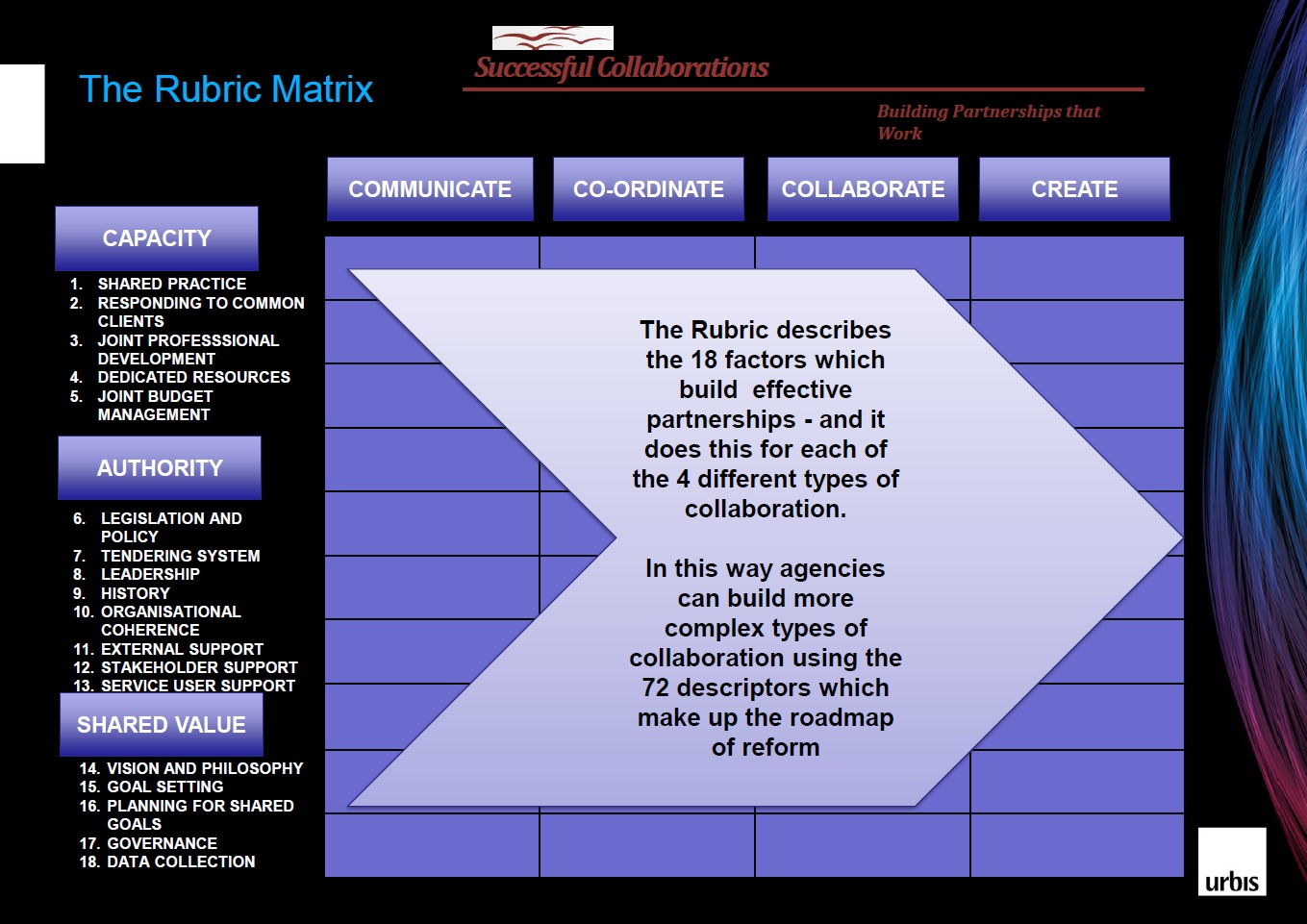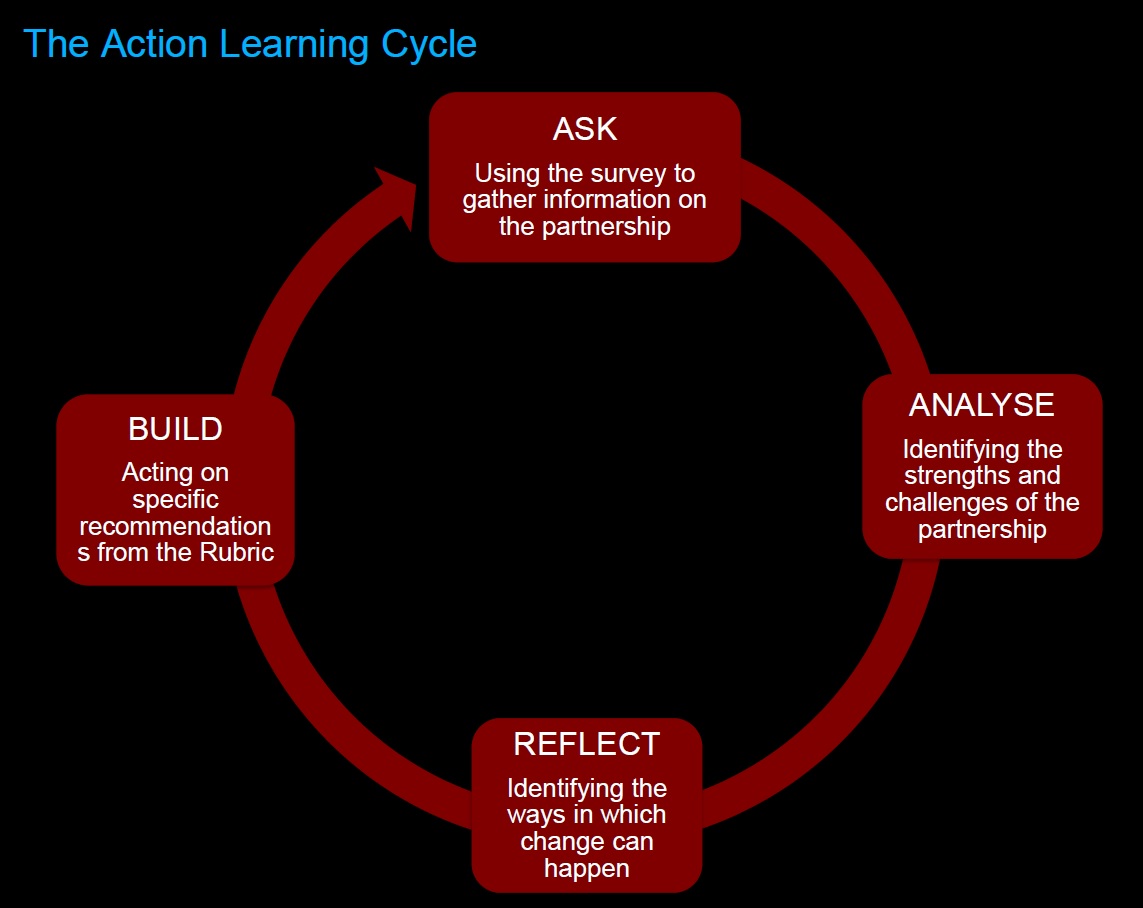‘Collaboration is the new norm when dealing with complexity’, is something we’ve all been hearing for some time now – and it begs the following questions: what is the complex problem, and what will the solution look like? How will we gauge effectiveness of process/strategies? What are the dimensions of the ‘wicked problem’? And finally, how do we apply our increased understanding of efficacy of joined up seamless continuous service delivery, pathways, processes and systems?
Recent discussions have reflected on the extensive engagement we’ve had as evaluators in the last few years in integration, co-location and collaboration strategies in a range of systems. As a consequence, we’ve looked for ways to monitor these at times complex beasts, using the presence of success factors as proxies for effective longer-term outcomes beyond the timeframe of the average commissioned evaluation. To monitor, one needs to know what one is looking for.
Helpfully, success factors in joined up systems are well documented. Inter-sectoral collaborations have been designed to address complex social problems, suggesting that there are four essential prerequisites for effective inter-organisational collaboration:
- Incentives to collaborate: where the costs of collaboration, including time and reduced autonomy, be outweighed by the benefits, which include effectiveness and efficiency.
- Willingness to collaborate: determined in large part by the extent to which professionals feel trust, respect, and have shared values with other collaborators and their organisations; and the degree to which they feel collaboration is the best way of addressing the needs of clients.
- Ability to collaborate: determined by the extent to which professionals feel they have the knowledge, skills and authority to participate effectively in collaborative efforts.
- Capacity to collaborate: determined by the extent to which professionals feel they have received, or will receive, adequate training to support their involvement in the collaboration. This factor also contributed to their ratings of ability. The presence of an effective capacity building mechanism was also significant in predicting collaborative success (Einbinder et al., 2000).


